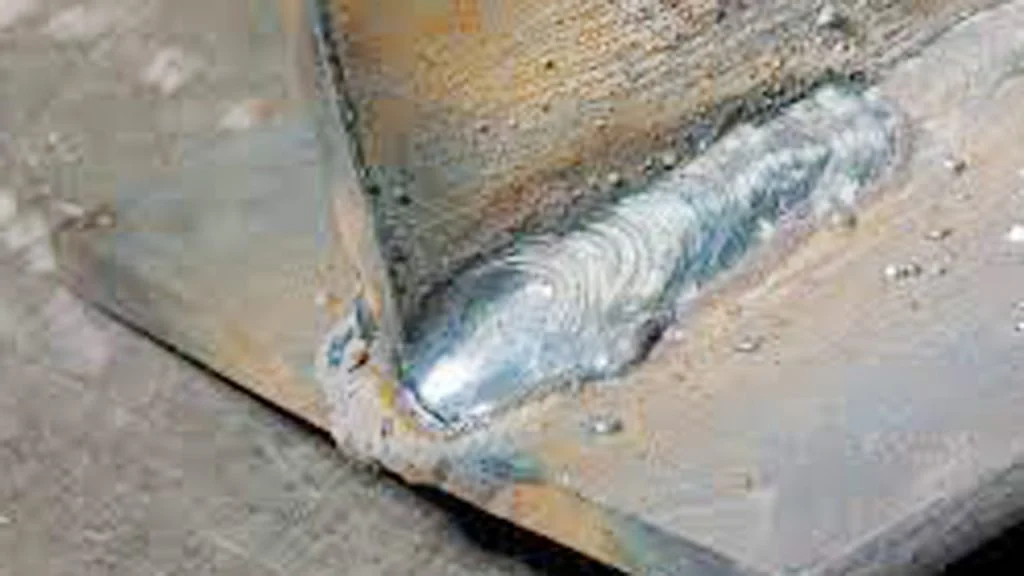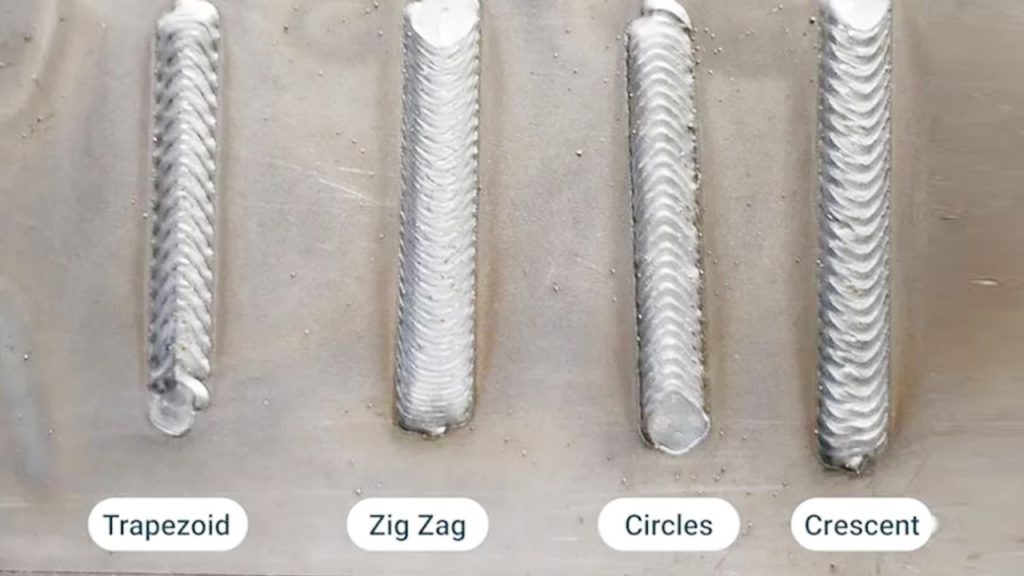If you’ve ever worked with stainless steel, you probably know that joining it can be a bit tricky. Unlike copper or brass, stainless steel doesn’t easily take to traditional soldering methods. But what if you only have a soldering iron? Can you use it to solder stainless steel? The short answer is yes, but with some limitations.

Image by muggyweld
I’ve been in situations where welding wasn’t an option, and I needed to find a way to join stainless steel pieces with just a soldering iron. It’s not the easiest material to solder, but with the right techniques, flux, and solder, you can make it work.
If you’re trying to solder stainless steel at home or for a small repair, I’ll guide you through the process, the challenges you might face, and how to do it successfully.
Challenges of Soldering Stainless Steel
Before jumping into the process, let’s talk about why stainless steel is harder to solder than other metals.
- High Resistance to Heat – Stainless steel doesn’t conduct heat well, making it difficult to get an even, reliable solder joint.
- Oxide Layer – A thin layer of chromium oxide forms on stainless steel, preventing solder from sticking properly.
- Incompatible Soldering Materials – Regular solder and flux used for electronics or plumbing won’t work well on stainless steel.
- Soldering Iron Heat Limitations – Most soldering irons don’t get hot enough to properly bond stainless steel.
Because of these challenges, you’ll need the right materials and techniques to succeed.
Choosing the Right Solder for Stainless Steel
Not all solder works with stainless steel. Regular lead-based or lead-free solder for electronics won’t adhere properly. Instead, you need a solder that contains silver or a high percentage of tin.
Here are some good choices:
| Type of Solder | Composition | Best Used For |
|---|---|---|
| Silver-bearing solder | 96% tin, 4% silver | Stronger bonds, corrosion resistance |
| Acid-core solder | Tin-based with acid flux inside | Small stainless steel repairs |
| Flux-core solder | Tin-based with rosin or acid flux | Thin stainless steel sheets |
For the best results, I recommend silver-bearing solder because it forms a stronger bond and resists corrosion.
Choosing the Right Flux
Since stainless steel doesn’t take solder easily, flux is extremely important. Flux helps clean the surface and allows the solder to flow smoothly.
Avoid standard electrical flux or plumbing flux. Instead, use an acid-based flux designed for stainless steel. Some good choices include:
- Zinc chloride-based flux – Helps remove oxidation and improve bonding.
- Phosphoric acid-based flux – Stronger cleaning power for tough surfaces.
Without the right flux, the solder won’t stick properly, no matter how hot your soldering iron is.
Preparing Stainless Steel for Soldering
To get a strong solder joint, proper preparation is key. Stainless steel is naturally resistant to bonding, so you’ll need to clean and prep it before applying solder.
Steps to Prepare Stainless Steel for Soldering
Clean the Surface – Use sandpaper, a wire brush, or Scotch-Brite pads to remove dirt, grease, and the oxide layer.
Apply Acid-Based Flux – Coat the area where you’ll be soldering with a thin layer of flux. This prevents oxidation and helps the solder stick.
Secure the Pieces – Hold the stainless steel parts in place using clamps or a vise. Soldering works best when the materials are stable.
Skipping these steps can lead to a weak or failed bond.
Soldering Stainless Steel with a Soldering Iron
Now comes the real test—actually soldering stainless steel using a soldering iron.
Steps for Soldering Stainless Steel
- Use a High-Powered Soldering Iron
- Standard soldering irons for electronics (30W-60W) aren’t powerful enough.
- A 100W+ soldering iron or temperature-controlled station (600°F-750°F) is better.
- Heat the Stainless Steel Surface First
- Stainless steel doesn’t conduct heat well, so preheat the area before applying solder.
- Hold the iron against the metal for several seconds to warm it up.
- Apply More Flux If Needed
- If the flux burns off too quickly, apply a fresh layer before adding solder.
- Don’t skip this step, or the solder won’t bond properly.
- Melt the Solder onto the Surface
- Touch the solder to the heated area, not the iron tip directly.
- Allow it to flow smoothly over the joint.
- Let It Cool Without Moving
- Once the joint is formed, let it cool naturally.
- Moving it too soon can cause weak spots or cracks.
If done correctly, you should have a solid, reliable bond.
When to Avoid Soldering and Consider Other Methods
While soldering stainless steel with a soldering iron is possible, it’s not always the best choice. Here are a few cases where other methods might be better:
- For high-strength applications – Use brazing or welding instead.
- If the joint needs to handle extreme heat – Soldered connections can weaken under high temperatures.
- For structural repairs – Solder isn’t strong enough for load-bearing stainless steel joints.
If you need a stronger bond, consider using a TIG welder or brazing with a torch and silver solder.
Common Mistakes and How to Avoid Them
Even experienced DIYers and metalworkers make mistakes when soldering stainless steel. Here are some common problems and how to fix them:
| Mistake | Why It Happens | How to Fix It |
|---|---|---|
| Solder won’t stick | Oxide layer or wrong flux | Use acid-based flux and clean thoroughly |
| Weak joints | Not enough heat or poor flux | Use a higher-power iron and fresh flux |
| Burnt flux | Holding heat too long | Apply fresh flux before adding solder |
| Solder bead instead of flowing | Stainless steel too cold | Preheat the area longer |
By following the right techniques, you can avoid these mistakes and get better results.
Conclusion
So, can you solder stainless steel with a soldering iron? Yes, but it requires the right materials and techniques. While it’s not as strong as welding or brazing, it works well for small repairs, electrical connections, and decorative stainless steel joints.
Here’s what you need to remember:
- Use the right solder – Silver-bearing solder is best.
- Choose an acid-based flux – This is crucial for bonding stainless steel.
- Prepare the surface – Clean and remove oxidation before soldering.
- Use a high-powered soldering iron – Standard 30W irons aren’t hot enough.
- Heat the metal, not just the solder – This helps with better bonding.
If you need a quick, simple connection, soldering can work. But for structural strength or high-heat applications, welding or brazing is a better choice.
FAQs
Can I use regular electrical solder on stainless steel?
No, regular solder for electronics won’t bond well. You need silver-bearing or acid-core solder.
Why won’t my solder stick to stainless steel?
The oxide layer is preventing adhesion. Use acid-based flux and clean the surface before soldering.
Can I solder stainless steel without flux?
No, flux is necessary to remove oxidation and allow solder to flow properly.
What is the best solder for stainless steel?
Silver-bearing solder (tin-silver) provides the best strength and durability.
Can a 40W soldering iron solder stainless steel?
Probably not. Stainless steel requires higher temperatures than most low-power irons can provide.
With the right approach, you can successfully solder stainless steel for small projects or repairs. Just follow the proper steps, and you’ll get a solid, lasting connection.

Endow Russel the owner chief editor of giftendow.com . I am a mechanical engineer and assign to an local firm with much experience in welding and industrial equipment.

